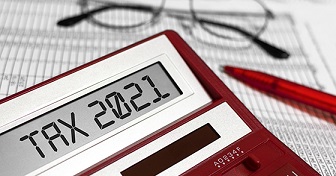- Details
- Published: Monday, 22 November 2021 08:52
- Written by Phillip Strickler, CPA.CITP
When creating or updating your strategic plan, you might be tempted to focus on innovative products or services, new geographic locations, or technological upgrades. But, what about your customers? Particularly if you’re a small to midsize business, focusing your strategic planning efforts on them may be the most direct route to a better bottom line.
Do your ABCs
To get started, pick a period — perhaps one, three or five years — and calculate the profitability contribution level of each major customer or customer unit based on sales numbers and both direct and indirect costs. (We can help you choose the ideal metrics and run the numbers.)
Once you’ve determined the profitability contribution level of each customer or customer unit, divide them into three groups: 1) an A group consisting of highly profitable customers whose business you’d like to expand, 2) a B group comprising customers who aren’t extremely profitable, but still positively contribute to your bottom line, and 3) a C group that includes customers who are dragging down your profitability, perhaps because of constant late payments or unreasonably high-maintenance relationships. These are the ones you can’t afford to keep.
Devise strategies
Your objective with A customers should be to strengthen your rapport with them. Identify what motivates them to buy, so you can continue to meet their needs. Is it something specific about your products or services? Is it your customer service? Developing a good understanding of this group will help you not only build your relationships with these critical customers, but also target sales and marketing efforts to attract other, similar ones.
As mentioned, Category B customers have some profit value. However, just by virtue of sitting in the middle, they can slide either way. There’s a good chance that, with the right mix of sales, marketing and customer service efforts, some of them can be turned into A customers. Determine which ones have the most in common with your best customers, then focus your efforts on them and track the results.
Finally, take a hard look at the C group. You could spend a nominal amount of time determining whether any of them might move up the ladder. It’s likely, though, that most of your C customers simply aren’t a good fit for your company. Fortunately, firing your least desirable customers won’t require much effort. Simply curtail your sales and marketing efforts, or stop them entirely, and most will wander off on their own.
Read more ...








